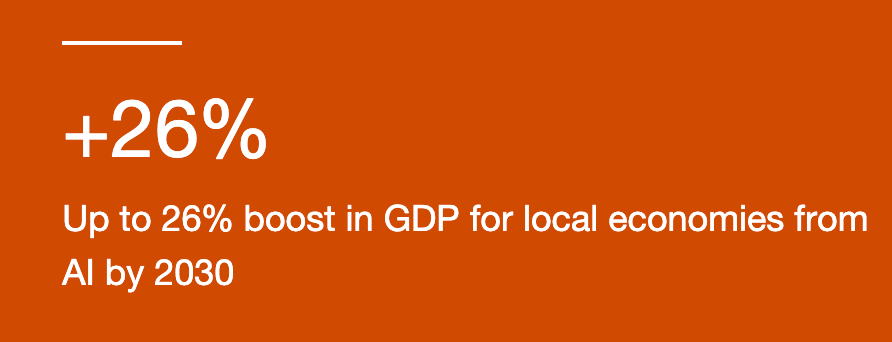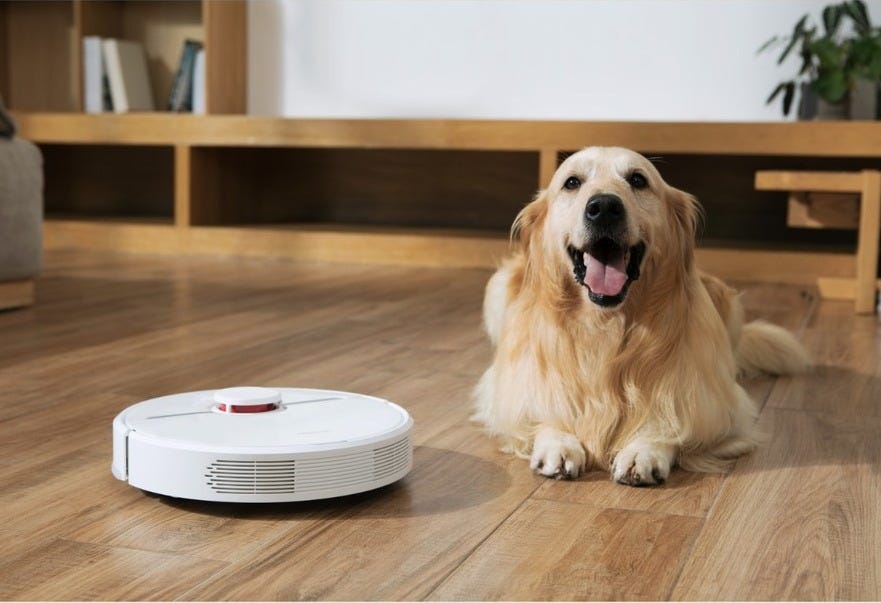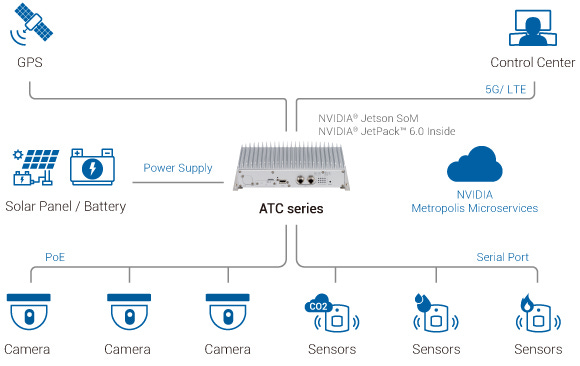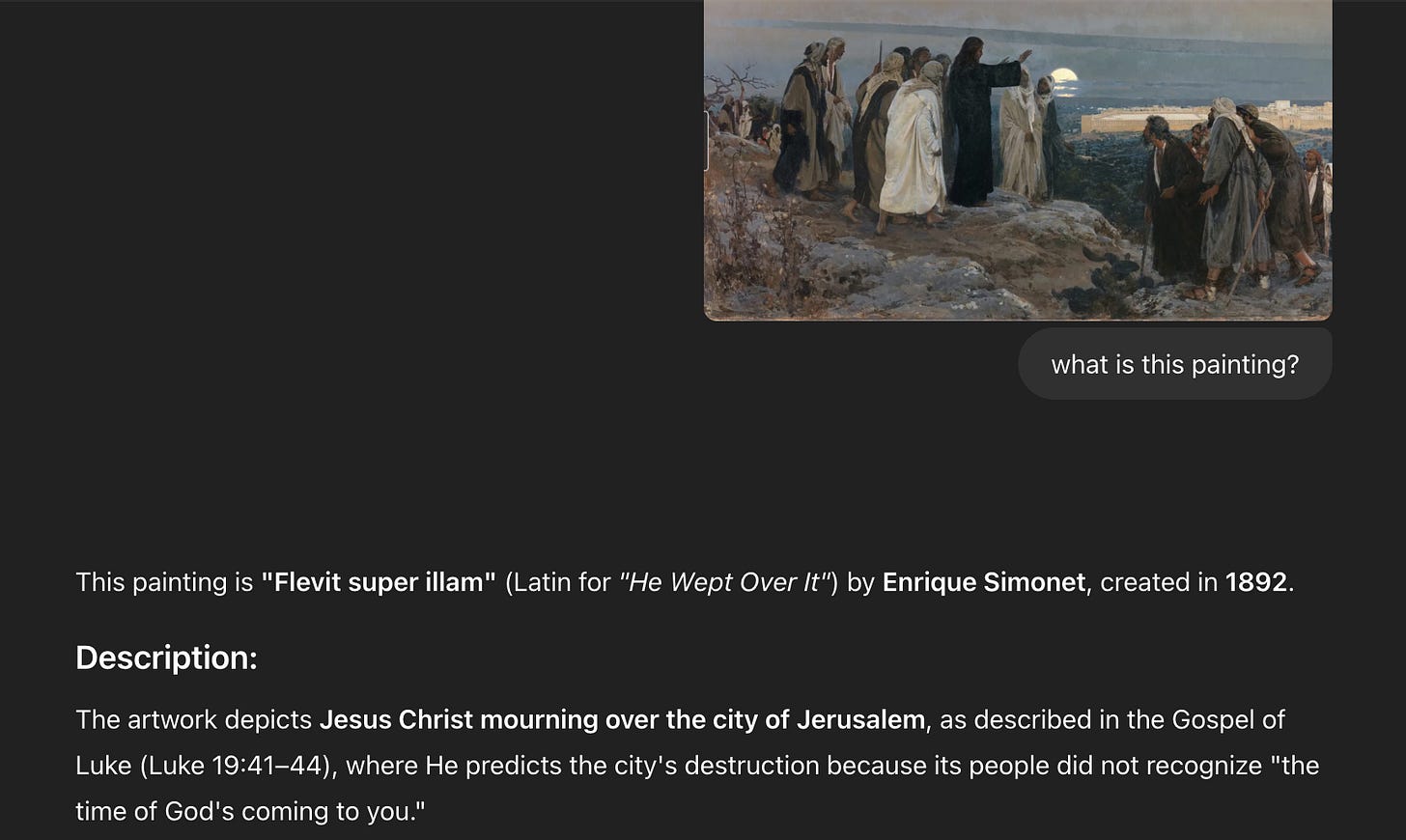5 Applications of AI That Genuinely Give Me Hope for the Future
The life-affirming thread connecting oil paintings, depression, and vacuums
Our negative bias — the tendency to zero in on the “bad” instead of the positive or the neutral — has aided our species’ survival for over 200,000 years.
After all, prehistoric humans who gave a cave-side growl and a cutesy daisy equal attention likely ended up as saber-tooth sushi.
I think about this kind of neural circuitry when faced with AI doomerism. Au contraire: from my perspective, AI has no intrinsic valence. It is a tool that can be leveraged for good or for ill.
Even if momentarily, may we set aside our existential dread and valid concerns about emerging technologies and their societal effects. Here are five uplifting ways that AI systems have the capacity for healing, helping, and facilitating our future flourishing:
1. Poverty & Hunger Reduction Worldwide
In the intro of Kai-Fu Lee and Chen Qiufan’s brilliant book AI2041 (to which I allude approximately every other business day), the authors share PricewaterhouseCoopers’ estimate that AI will add $15.7 trillion to the global economy by 2030. This boom, they argue, will help reduce huge amounts of hunger and poverty.

Such a wave of abundance could uplift communities and individuals in need — not merely accelerating markets, but tending to the roots of human wellbeing.
2. BCI Breakthroughs for the Sick and Afflicted
Brain–computer interfaces (BCIs) of tomorrow show budding promises of drug-free relief for conditions that resist conventional treatments.
A BCI enables direct communication between electrical signals in the brain and some external device. Its potential use cases are numerous and awe-inspiring. As a linguist, one of my favorites involves speech restoration for patients with paralysis:
In a pilot study on chronic pain, a BCI detected frontal theta brain activity (linked to pain relief) and delivered vibrotactile stimulation as feedback. Its early results point to an encouraging avenue for pain alleviation.
I also hold much hope for the progress of Motif Neurotech products and other BCIs that target Treatment-Resistant Depression (TRD) through the delivery of non-invasive, sustained electrical impulses. For those burdened by invisible agony, these advances could carry with them a legitimate, renewed sense of hope.

What’s more, I’ve heard buzzings about trial BCIs for migraine treatment. I have been spared this particular affliction (Godwilling that remains the case), but my dear sister lives under their merciless weight. AI-guided paths to migraine respite could be life-changing interventions for up to a billion people the world over.
3. Credit Where (Artistic) Credit Is Due
Beyond the medical domain: I am optimistic that image classification models might offer overdue appreciation to creators of beauty.
The other month, I came across this breathtaking piece:
Deeply moved, I felt an itch to identify the mind responsible for this moment of soulful arrest.
(Tangentially: how interesting is it that as humans, our acute emotional reactions are often followed by a near-instinctual reflex to socially bond. This holds true even if the subject of connection is deceased, as was the case here. Rarely can we tolerate intense feelings in isolation, even positive ones; and we go to such lengths to situate ourselves in proxy communities. I have noticed that many-a-time in the lives of myself and others).
Enter GPT-4o, and the answer I sought:
I hope that other artists whose work would otherwise go under-recognized will be uplifted through the spread of these technologies. Ars longa, vita brevis.
4. The Caregiver’s Dignity
Spearheaded by the University of Oxford’s Dr. Ekaterina Hertog and Dr. Lulu Shi, the DomesticAI project estimates that 50 to 60 % of time spent on unpaid domestic tasks will be automated within the next twenty or so years. As women disproportionately shoulder these unpaid domestic tasks, the average woman in the UK may save up to 180 minutes per weekday as a result.

Imagine what may become possible during those reclaimed hours: slow afternoons of face-to-face connection between mothers and children, space for caretakers to pursue paused hobbies, even the quiet dignity of (oft overdue) rest.
AI, then, can function not a domineering overlord, but as an empowering instrument — one lifting the weight of labor which all too frequently goes unseen. Caretaking is invaluably noble work; its human stewards deserve recognition, support, and the freedom to flourish as they see fit.
5. Smoke Detected, Lives Protected
This particular example I encountered quite some time ago, but have not been able to shake since.
San Antonio’s N5 system involves AI-driven sensors to detect smoke particulates and transmit location data directly to emergency responders' cell phones.
I am heartened by the thought that these and other innovations in the realm of natural disasters will demonstrably accelerate life-saving dispatches.

We Can Build the Future with Intention
I may not fully share Meta scientist Yann LeCunn’s unwavering techno-optimism, or his belief that we needn’t fear AI because even among humans, the most intelligent don’t dominate.
Even so, hope stands on solid grounds.
I’m certainly under no illusions about the scale of social upheaval that AI systems may precipitate. And yet, I still find resonance in 13th-century poet Rumi’s enduring insight about mercy being hidden in suffering.
So may we proceed. Not with blind, reckless fervor, but with curiosity, courage, and a thoughtful resolve to shape AI systems in service of the human spirit.




